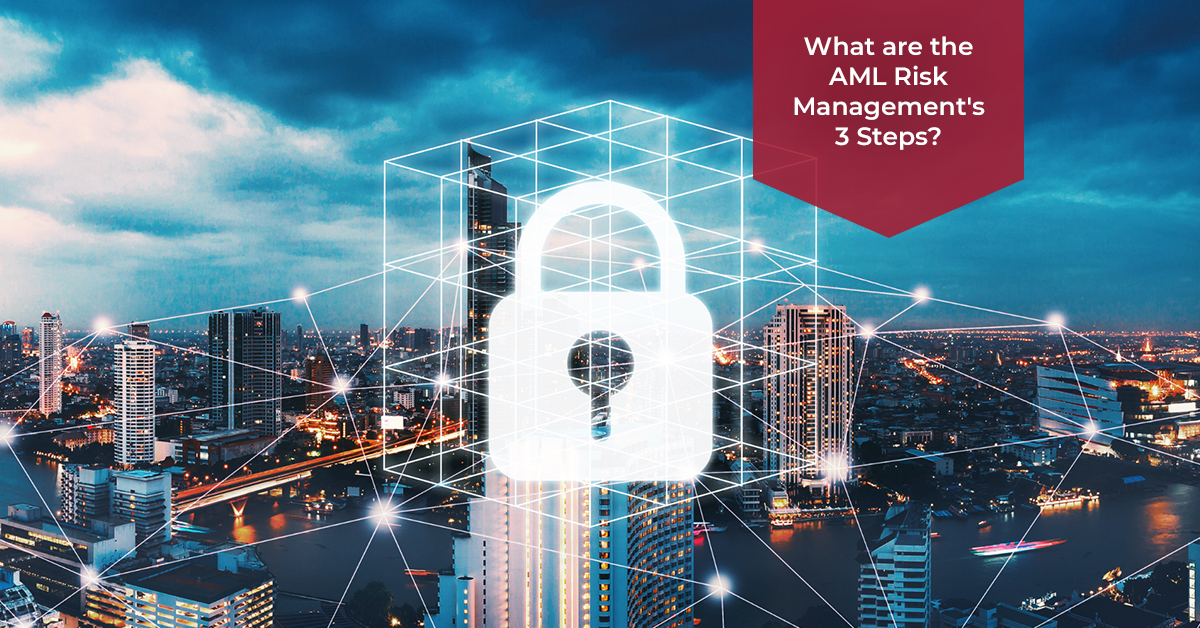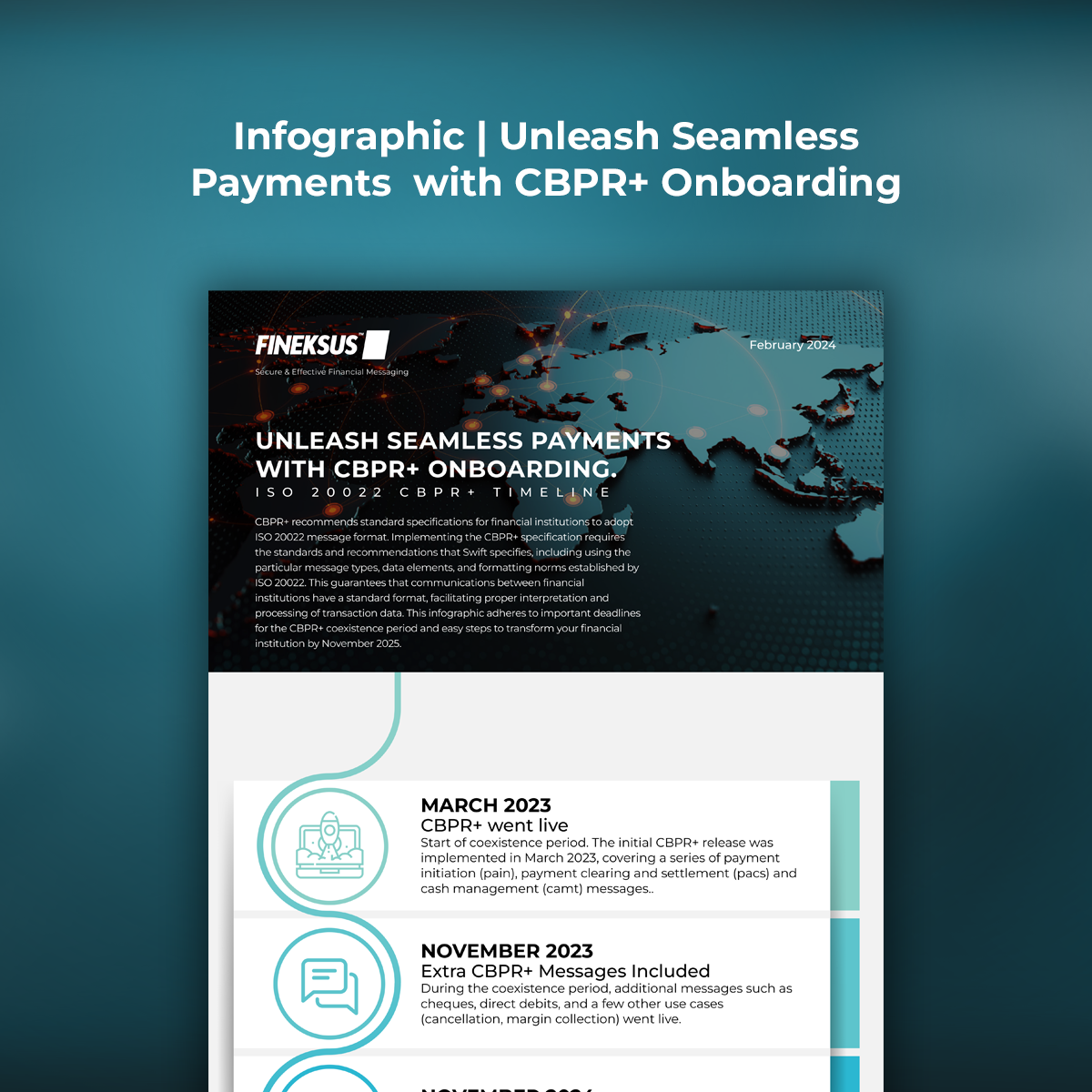
What are the AML Risk Management’s 3 Steps?
In the dynamic landscape of Anti-Money Laundering (AML) risk management, organizations adhere to a strategic framework comprising essential steps. Recognizing risk assessment as a cornerstone for AML compliance, financial institutions adopt a proactive, risk-based approach with a focus on robust Know Your Customer (KYC) processes. Addressing the challenges posed by money laundering and illicit activities, businesses implement a layered strategy for coordinated risk management. In the era of evolving technology, effective AML compliance programs are vital, encompassing advanced software and adapting to the digital landscape to combat financial crimes successfully.
What Is Anti Money Laundering (AML) Risk Management?
At the core of proficient AML risk management lies the execution of a strategy that recognizes, evaluates, and alleviates the risks linked to money laundering and terrorist financing, adhering to global standards. This methodology is essential for financial institutions to adeptly handle the intricacies of customer risk profiling, safeguarding the integrity of the financial sector.
Stringent measures are consistently applied throughout the client lifecycle, extending from the initial onboarding phase to continuous assessments. The objective is to minimize the likelihood of involvement in illicit financial activities. The integration of advanced solutions that automate functions such as due diligence, risk scoring, and compliance not only reinforces the resilience of the financial services industry but also addresses emerging threats effectively.
The essence of an impactful risk-based approach unfolds in three pivotal steps: Identification and assessment of risk factors, implementation of pertinent management controls to mitigate these risks, and vigilant monitoring and review of changes in the residual risk profile. Let’s delve into each step for a comprehensive understanding.
Step 1
Before conducting Customer Due Diligence (CDD), organizations identify and assess risks by gathering key information about the client’s industry, jurisdictions, transaction details, cash intensity, third-party involvement, and beneficial owners. This process enables the classification of clients into high, medium, or low-risk categories, prompting organizations to evaluate their capabilities and alignment with the client’s risk appetite before deciding to proceed or terminate the relationship.
Step 2
Following the identification of priority risks in Step 1, organizations focus on mitigation and contingency planning. This involves implementing diverse measures such as Enhanced Due Diligence (EDD), preventive actions, risk transfer through insurance, and contingency planning. The effectiveness of these measures depends on the organization’s attention to detail, including governance structures, policies, KYC procedures, and integration with other risk assessments, ensuring compliance, risk management, stakeholder confidence, and effective decision-making.
Step 3
Step 3 involves regular monitoring and reviews to assess the residual risk profile and ensure it aligns with the organization’s risk mitigation methods. Ongoing client profile screenings, including sanctions, Politically Exposed Persons (PEPs), and adverse media checks, help uncover new red flags. Higher-risk clients undergo more frequent reviews, with any identified issues escalated for investigation. This ensures continuous alignment with the company’s risk appetite and the effectiveness of mitigation practices over time.
Benefits of Rish Management
Adopting a risk-based approach in Anti-Money Laundering (AML) efforts offers proactive benefits for financial institutions. Unlike reactive processes, this approach enables the redirection of resources toward forward-looking risk assessment and mitigation, moving away from after-the-fact analysis of money laundering incidents. By fulfilling regulatory requirements, institutions can reduce their susceptibility to financial crimes, ultimately minimizing overall compliance risk and lowering the likelihood of violations and regulatory penalties.


